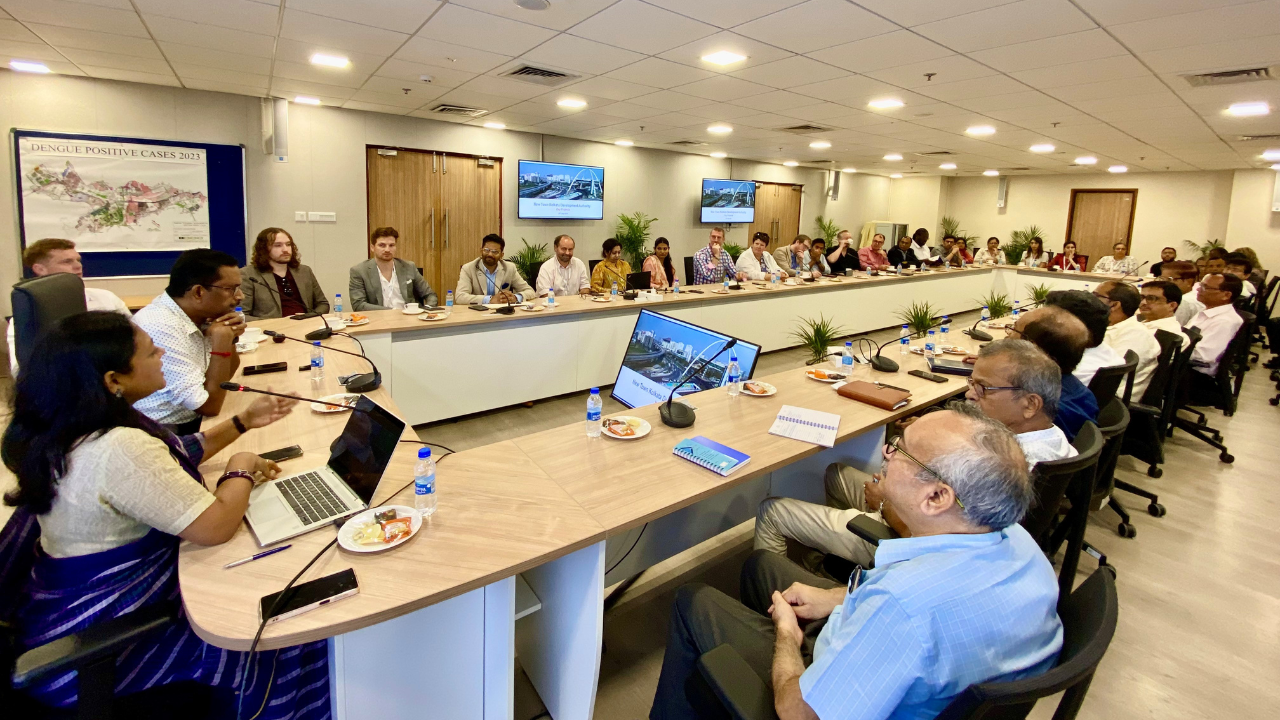In the 1970s, the trains we rode were converted from freight trains. The journey from Wuxi to Shanghai, a distance of 150 kilometers, took a whole day. The ride was filled with constant rattling. But now it only takes 40 minutes by high-speed rail,” said Mr. Guan, a railway worker. From 1978 to 2024, the progress of China's railways was astonishing. The operating mileage of railways has increased from 52,000 kilometers to almost 160,000 kilometers today, and high-speed rail has made the leap from non-existence to widespread adoption.
China's railway transportation, the heritage of craftsmanship
In the casting process of key components for China's high-speed railway industry, melting is a central and laborious task. In an environment with temperatures above 40°C, workers must carefully cast parts from molten iron at a temperature of 1500°C, which requires high craftsmanship and great patience. Zhang Jianyun, a senior melting technician at CRRC Qishuyan Institute Co., Ltd., has more than 20 years of casting experience. “Casts are living beings, turning them into scrap means killing their life.” For Zhang, casting near-perfect castings is the most important thing in his life. For this reason, he tirelessly overcomes technical challenges. Under his leadership, his team solved a number of technical difficulties related to the material and casting process of the gearbox housing for the Fuxing bullet train, thereby making significant contributions to the mass production, cost reduction and efficiency improvement of China's rail transportation components. This also provides strong support for exporting rail transport components with guaranteed quality and quantity.

China's rail transport, a cradle of intelligent innovation
The rapid development of Changzhou's rail transportation industry is due in large part not only to skilled technicians such as Zhang Jianyun, but also to Changzhou-based companies that focus on intelligent innovation. In 1936, the relocation of the Shanghai Wusong Machinery Plant to Changzhou became a key factor in the gradual growth and expansion of the rail transportation industry here. The accession of leading enterprises such as CRRC Qishuyan Company, CRRC Qishuyan Institute, Centuray and Baiyidar has created a complete industrial chain for the production and maintenance of traction power and key components for rail transportation, laying a solid foundation for the development of Changzhou's rail transit. The establishment of Jiangsu Qishuyan Rail Transit Industrial Park has taken this industrial chain to a new level. Under the leadership of model companies, numerous technologically advanced and competitive companies have jointly promoted the rapid development of China's rail transport. Due to the rapid expansion of the industry, the Changzhou cluster of rail transportation traction energy and key components industries was included in the national innovative industrial cluster pilot list (cultivation) and received a number of national awards, including the award of the national high-end equipment pilot park for Manufacturing standardization and the national five-star demonstration base for the new industrialization. These honors not only strengthen the strength of Changzhou's rail transportation industry, but also add new momentum to the rapid development of China's rail transportation.

Today, about 80% of the “eight vertical and eight horizontal” main channels of China's high-speed rail network have been built and put into operation. The construction of high-speed railways has significantly shortened the distances between cities and made social activities more convenient and efficient for people. At the same time, the high-speed train has strengthened economic ties between regions, thereby greatly supporting China's economic development. As an important part of the development of rail transportation in China, Changzhou rail transportation will continue to increase the speed of intelligent manufacturing in China and help China become a global leader. On the international stage, China's high-speed train has become a shining symbol, demonstrating China's innovation capability, manufacturing strength and technological level, and contributing Chinese wisdom and solutions to improve and modernize global transportation infrastructure. Looking to the future, we have every reason to believe that this “giant dragon” will continue to carry people's dreams and hopes into an even brighter and more beautiful future.




























